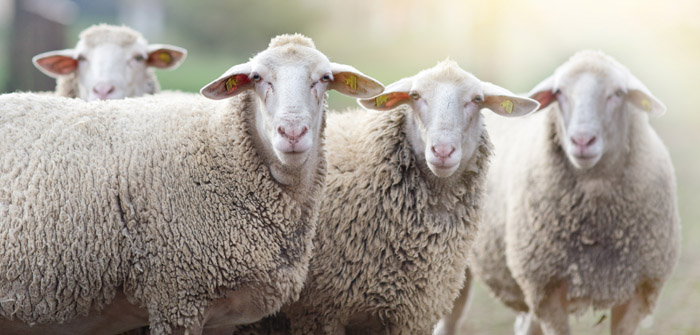Sheep will face an increased threat from liver fluke, gastrointestinal worms and blowfly strike this August and September, while cattle are at increased risk from parasitic disease caused by gutworm and lungworm according to the latest NADIS parasite forecast, sponsored by Merial Animal Health.
High temperatures and regular rainfall through June and July has increased the potential for fluke infection in sheep in North West and South West England, Scotland and Wales. Warm, wet summers create suitable conditions for the intermediate fluke host, the mud snail to thrive. All regions should be aware of the risk of acute fluke this summer.
Sioned Timothy, ruminant technical manager at Merial Animal Health, said: “Selecting the most appropriate anthelmintic at weaning, implementing targeted treatments based on liveweight gain or faecal egg counts (FECs), and testing for the presence of wormer resistance is a much better, more sustainable approach than whole group anthelmintic treatment.”
Blowfly strike continues to be a risk to sheep during the summer months, with female flies attracted to wounds and soiled fleece. In growing lambs, practicing proper parasite control will reduce faecal soiling of wool, and help minimise the risk of fly strike.
Cattle can be infected with several species of gut worms. Ostertagia ostertagi is the main parasite associated with disease, but Cooperia spp. are commonly encountered in young cattle in their first grazing season. Peak pasture larval infectivity occurs from mid-July onwards and results from eggs passed by animals earlier in the grazing season.


